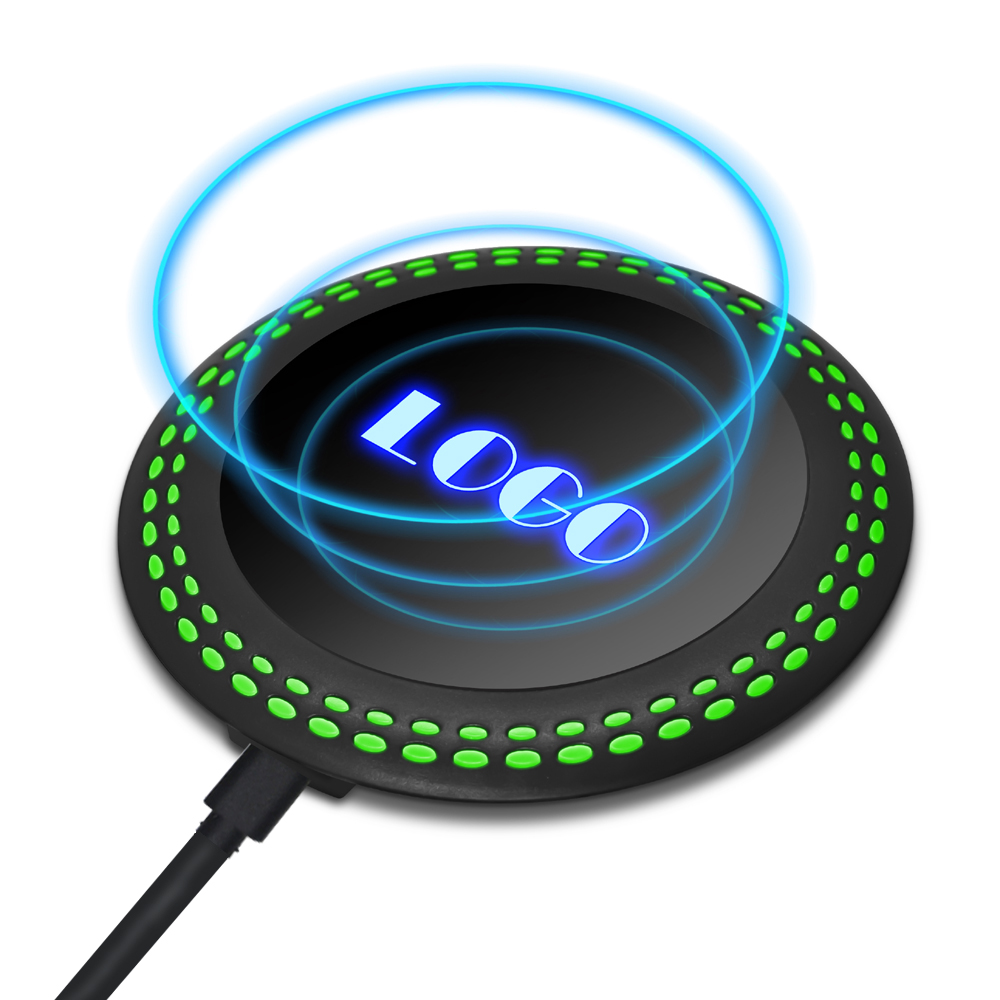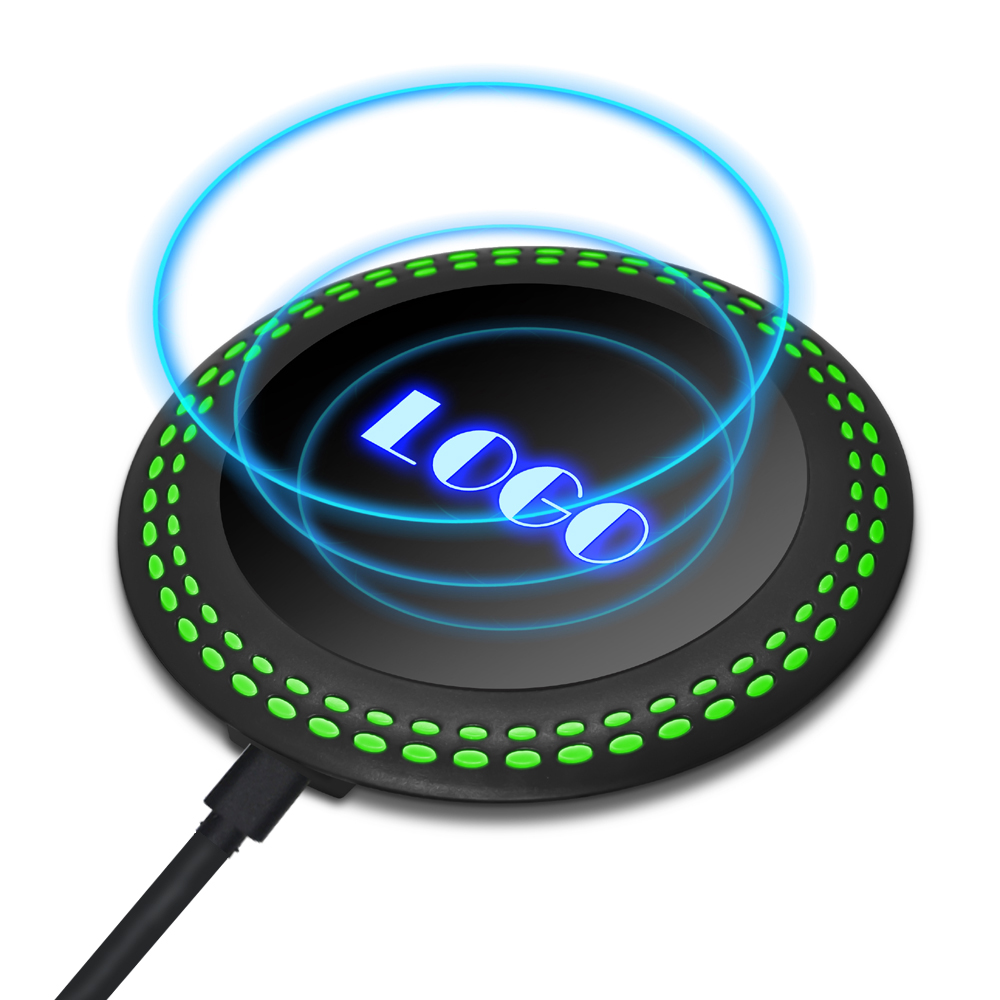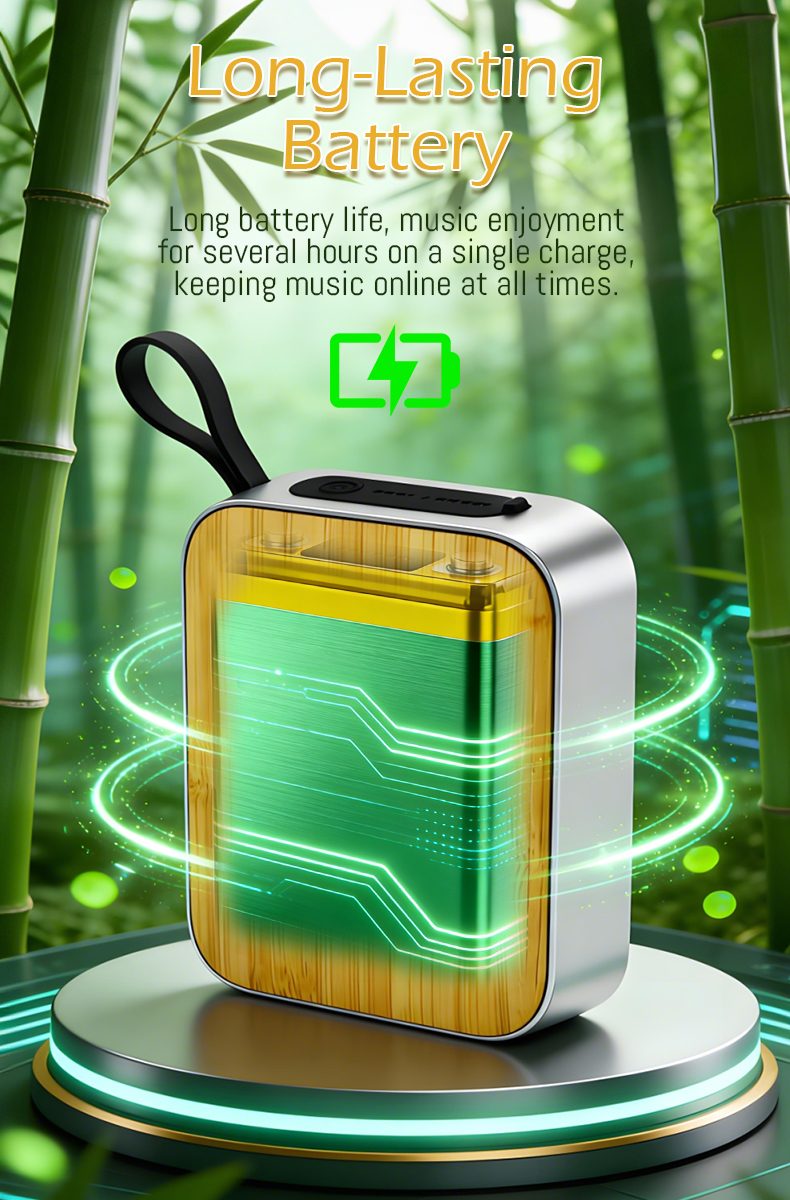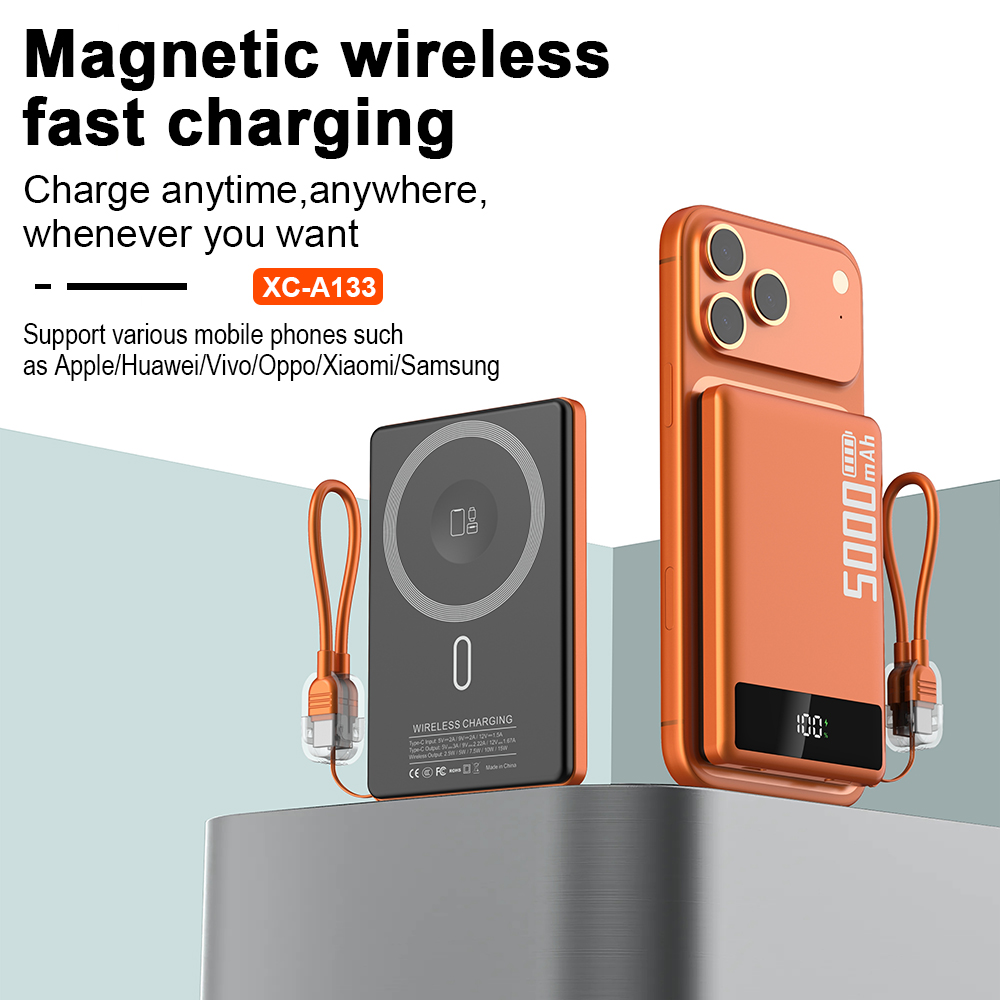Wireless charger quick guide selection and use full analysis

Introduction: Understanding the Key Aspects of Wireless Charger Selection

As technology continues to evolve, wireless chargers have emerged as a convenient and efficient way to power up electronic devices without the hassle of tangled cables. However, with a plethora of options available in the market, selecting the right wireless charger can be overwhelming. This comprehensive guide aims to analyze the key factors to consider when selecting a wireless charger and provide tips for its optimal use.
1. Compatibility: Ensuring Device Compatibility for Seamless Charging
Before purchasing a wireless charger, it is crucial to ensure its compatibility with your device. Different devices have specific charging requirements, so it is essential to check if your smartphone, smartwatch, or other gadgets support wireless charging technology. Most modern smartphones, including iPhone, Samsung, and Google Pixel, are compatible with Qi wireless chargers. Moreover, advanced wireless chargers may offer compatibility with multiple devices, allowing for versatile usage.
2. Charging Speed: Optimal Power Output for Faster Charging
The charging speed of a wireless charger depends on its power output. It is advisable to opt for a wireless charger with higher wattage or amperage for faster charging. While most wireless chargers offer a standard 5W or 7.5W output, advanced models support fast charging capabilities up to 15W or more. However, it is important to note that the charging speed may vary based on the device's compatibility and software limitations.
3. Design and Ergonomics: Convenience and Aesthetics Combined
Wireless chargers come in various designs, from flat pads to stands and even car mounts. The choice of design depends on personal preferences and usage scenarios. Flat pads are ideal for desk or bedside charging, while stands offer the advantage of simultaneously using the device while it charges. Additionally, some wireless chargers employ advanced features like LED indicators and anti-slip surfaces to enhance user experience and prevent accidental falls.
Best Practices to Maximize Wireless Charger Performance
While wireless chargers provide a convenient charging experience, certain practices can maximize their performance and longevity:
1. Charge on a Flat and Stable Surface
For optimal charging efficiency, place your wireless charger on a stable and level surface. This ensures that the device and charger are in close alignment, thus enabling uninterrupted charging.
2. Remove Metal and Magnetic Objects
Prior to charging, remove any metal objects, such as coins or keys, and magnetic items, like credit cards or phone cases with built-in magnets. These objects can interfere with the wireless charging process and potentially damage both the device and the charger.
3. Avoid Extreme Temperatures
Extreme temperatures can adversely affect wireless charger performance and the longevity of the device's battery. Keep both the charger and the device at a moderate temperature to ensure efficient charging and prevent overheating.
Conclusion: Embracing the Convenience of Wireless Charging
Wireless chargers have revolutionized the way we power our devices, offering a cable-free and hassle-free charging experience. By considering compatibility, charging speed, and design, you can select a wireless charger that best suits your needs. Additionally, adopting best practices such as charging on a flat surface and avoiding extreme temperatures will ensure optimal performance and longevity. So, embrace the convenience of wireless charging and bid farewell to tangled cables!




